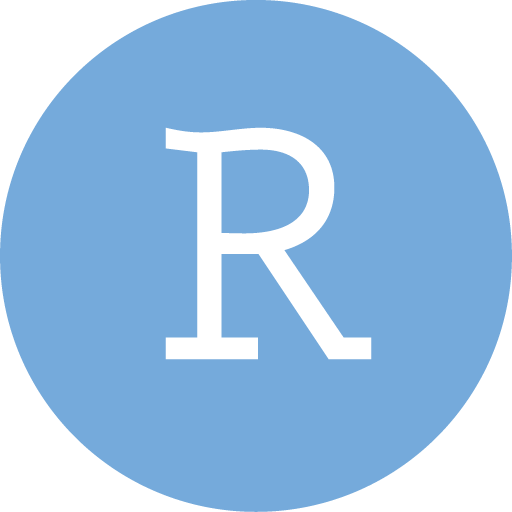

R4DS is a collaborative effort and many people have contributed fixes and improvements via pull request: adi pradhan ( Andrea Gilardi ( Ajay Deonarine ( pete ( Alex ( Andrew Landgraf ( Michael Henry ( Mara Averick ( Brent Brewington ( Bill Behrman ( Ben Herbertson ( Ben Marwick ( Ben Steinberg ( Brandon Greenwell ( Brett Klamer ( Christian Mongeau ( Cooper Morris ( Colin Gillespie ( Rademeyer Vermaak ( Abhinav Singh ( Curtis Alexander ( Christian G. By contributing to this book, you agree to abide by its terms. Please note that R4DS uses a Contributor Code of Conduct. Please make a donation to Kākāpō Recovery: the kākāpō (which appears on the cover of R4DS) is a critically endangered native NZ parrot there are only 213 left.

If you’d like a physical copy of the book, you can order it from amazon. This website is (and will always be) free to use, and is licensed under the Creative Commons Attribution-NonCommercial-NoDerivs 3.0 License. You’ll also learn how to manage cognitive resources to facilitate discoveries when wrangling, visualising, and exploring data. You’ll learn how to use the grammar of graphics, literate programming, and reproducible research to save time. These are the skills that allow data science to happen, and here you will find the best practices for doing each of these things with R. Just as a chemist learns how to clean test tubes and stock a lab, you’ll learn how to clean data and draw plots-and many other things besides. In this book, you will find a practicum of skills for data science. R4DS teaches you how to do data science with R: You’ll learn how to get your data into R, get it into the most useful structure, transform it, visualise it and model it. You may instead want to consult the work-in-progress 2nd edition at this should be complete by early 2023. This is the website for the first edition of “R for Data Science”, published January 2017.


 0 kommentar(er)
0 kommentar(er)
